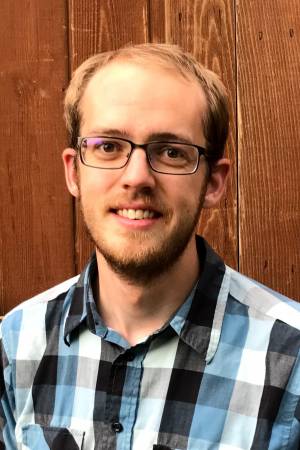
Abstract:
Since 2003, the number of satellites launched into orbit has grown from 100 per year to over 2000 per year. Over that same timeframe, incredible advances have been made in control systems for terrestrial robotics and autonomy. Despite the increased quantity of satellites in orbit and the advances made in terrestrial control systems, satellite control systems have not followed the same growth trajectory. This thesis aims to close that gap. We take advantage of computational tools to develop modern approaches to several common satellite control problems. We develop a linear relative motion model for satellites that has higher accuracy than the state of the art. This linear relative motion model allows for convex optimization of low-thrust relative orbital maneuvers, greatly reducing their computational burden. We develop a differential drag satellite formation flying algorithm that computes maneuvers to separate satellites in both the along-track and cross-track directions. The algorithm is a convex optimization that can be solved to optimality within the computational constraints onboard a satellite. The final algorithm we develop is an improved method for detumbling a satellite using electromagnetic torque coils. This algorithm reduces the detumbling time to 50% of conventional methods. In addition to algorithm development, this thesis also describes hardware and flight software development for the PyCubed-mini and Py4 satellite projects. The first PyCubed-mini satellite was launched in November 2023 and the Py4 satellites will be launched in spring 2024.
Committee:
Zac Manchester (advisor)
Brandon Lucia
Guanya Shi
Kevin Tracy
